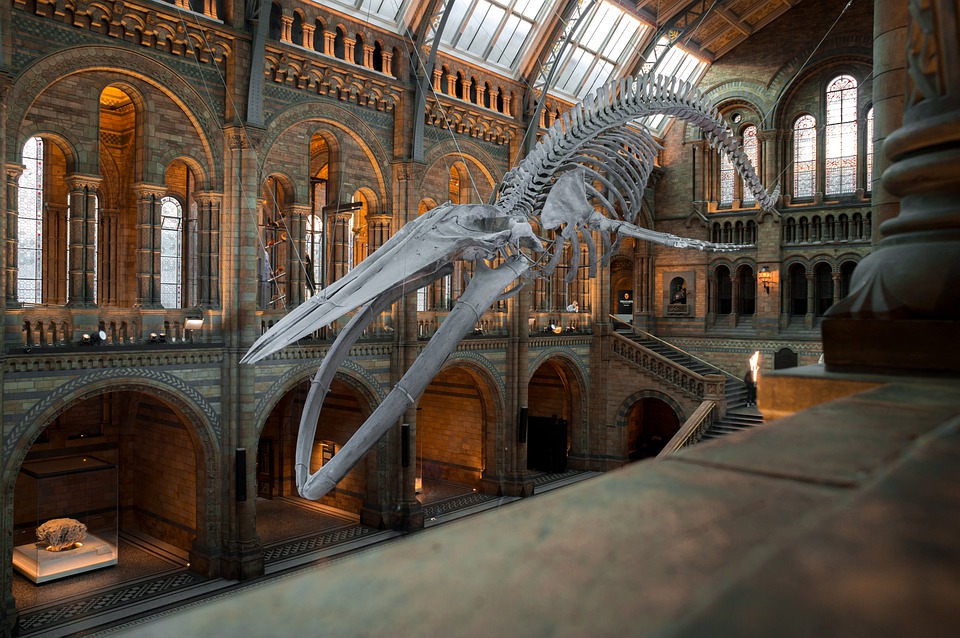In modern conditions of development of society there is an obvious deficit of spirituality. Tourism, including cultural tourism, as it is interpreted in our literature, is designed to fill this deficit, and here the role of museums is undeniable.
At present our society begins to realize more and more clearly that the future of Russia and the fate of new generations to a great extent depends on whether we can preserve and augment the rich heritage of national culture. Today as never before it is important to strengthen the national dignity and authority of Russia in the modern world, which is impossible without the awareness of our own cultural identity and understanding of the richest spiritual and moral heritage bequeathed to us by our ancestors. Therefore, today society turns to the museum – the repository of human genius, which embodies the very living essence of culture in the mutual transition from the past to the present.

Nowadays, a museum has become an eternal factor of spiritual life, a center of selection, attribution, preservation and display of historical and cultural heritage, an institute of formation of historical consciousness and moral and aesthetic culture. A modern museum occupies a special place in the study of the history of origin, formation and development of culture, in the dissemination of retrospective information, in the enrichment of the content and forms of educational activities. For millions of people it is an indispensable element of free and spiritually rich pastime, a means of communication with the rarities of the past and the present.
Museums have the main mission of preserving social memory and continuity of generations. Especially important for the public is to instill in the younger generation a sense of love for the country and respect for its history. Museums are one of the main links in patriotic education of youth.
Museums play a huge role in the cultural and educational life of society through the interpretation of museum collections, preservation of antiquities and promotion of historical and cultural heritage. At present, innovative technologies allow museums to operate more successfully. The transition to information catalogs of museum collections offer great opportunities to work with the museum database, access to collections, collecting the necessary information about the exhibits. With the development of computer technology and the Internet, new forms such as virtual museums have appeared. All this should facilitate the development of cognitive and educational work of museums on the background of traditional forms and activities of the younger generation in a new way and with new opportunities.
A museum is a depository of the past, a place where you will be told about history and secrets, forgotten events and little-known facts. In a museum, you can always marvel at works of art, get an aesthetic pleasure from contemplating the paintings of famous painters.
The most important feature of museums of the XXI century is manifested in their multifunctionality. A modern museum is not only a scientific and educational institution, combining the selection, restoration, storage and exhibition of historical and cultural values. Today, a museum is a complex, multilevel system, which solves a number of socially significant tasks, among which artistic organization of leisure, integration of cognitive, entertaining and artistic creative functions are taking more and more prominent positions.